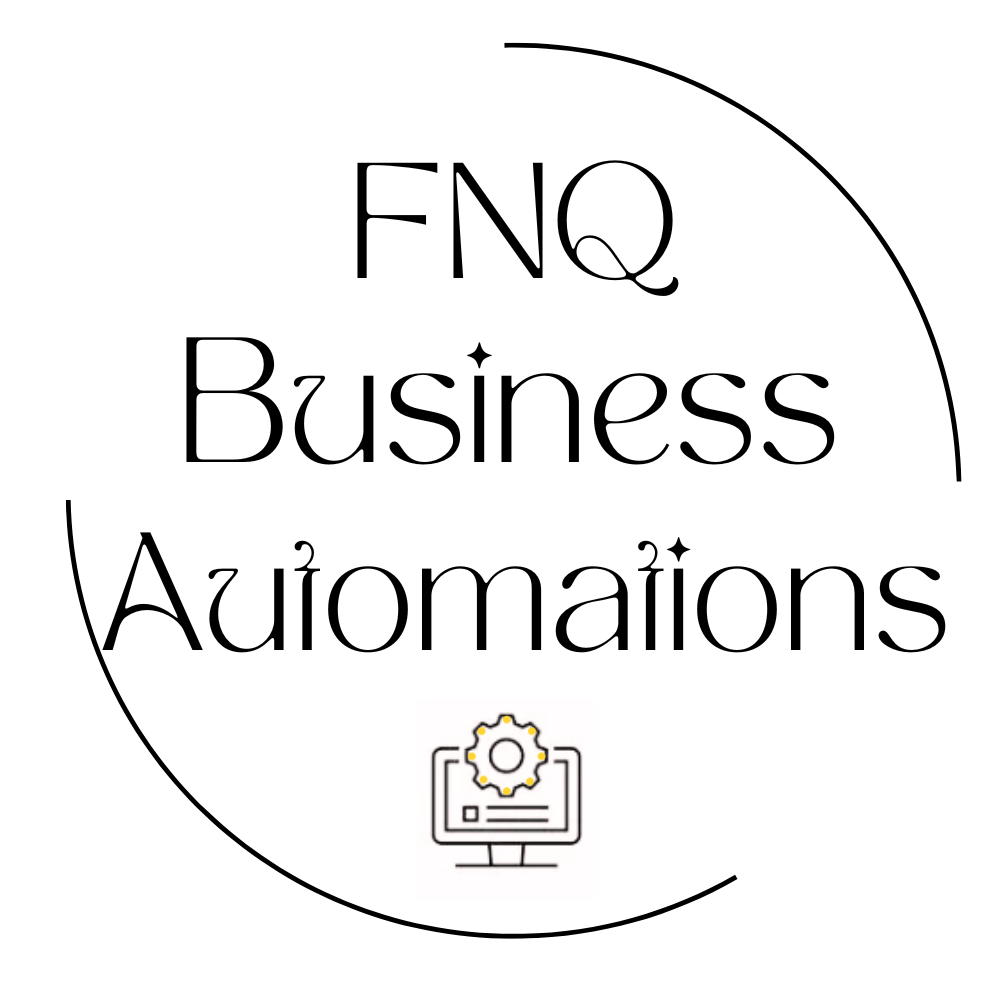When AI Meets EQ: Rethinking the Future of Work
As organisations accelerate their digital transformation journeys, the intersection of Artificial Intelligence (AI) and Emotional Intelligence (EQ) is emerging as a pivotal factor in shaping the future workplace. (ETCIO.com+1ETHRWorld.com+1)
While AI offers unprecedented efficiency and innovation, its rapid adoption without a human-centric approach may inadvertently contribute to workplace disconnection.
The Decline in Emotional Intelligence
According to the "AI and EI: Workplace Status Report" by Six Seconds, emotional intelligence scores have declined by 5.5% since 2019. This downturn correlates with rising levels of stress, burnout, and feelings of isolation among employees. Although AI isn't the sole culprit, its swift integration—often lacking consideration for the human experience—has exacerbated these challenges.
The Imperative for Empathetic Leadership
The promise of smarter systems necessitates equally intelligent and empathetic leadership. Without balancing technological advancements with emotional awareness, organisations risk cultivating disengaged work environments, despite significant investments in innovation.
Insights from Industry Leaders
At the Economic Times Future Forward Middle East Summit 2025, a panel titled "AI meets EQ: Shaping the Future of HR Leadership in the Age of Connection" brought together leaders from prominent organisations, including Ramco Systems, ADNOC, Mastercard, Al Ghurair, and Ajlan & Bros Holding. The discussion centred on leveraging AI to enhance, rather than erode, human connections within the workplace
Key Takeaways
Human-Centric AI Implementation: Integrating AI tools should prioritise enhancing employee experiences, ensuring that technology serves to support rather than replace human interactions.
Empathy in Leadership: Leaders must cultivate emotional intelligence to navigate the complexities introduced by AI, fostering environments where employees feel valued and understood.
Continuous Learning and Adaptation: Organisations should invest in training programmes that develop both technical skills and emotional competencies, preparing the workforce for a balanced integration of AI.
Conclusion
The fusion of AI and EQ is not merely a conceptual ideal but a practical necessity for future-ready workplaces. By embracing technology that complements human emotional capacities, organisations can foster resilient, connected, and high-performing teams
